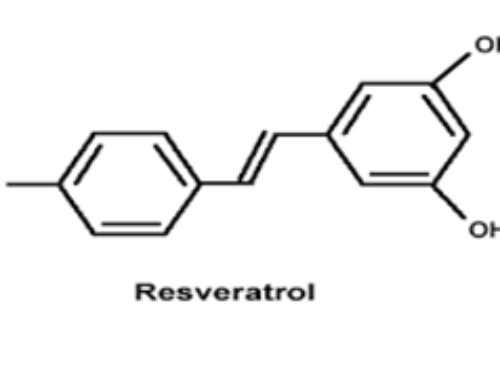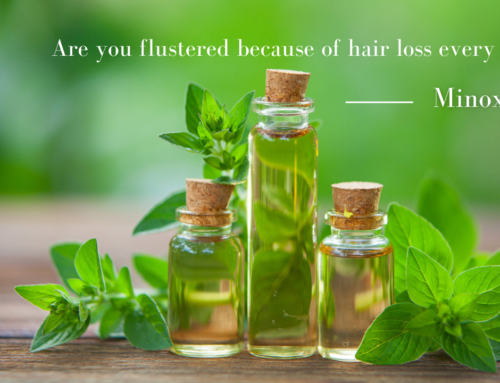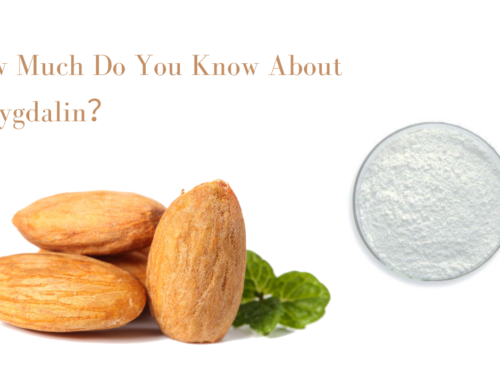Silymarin is a natural flavonoid lignan compound obtained by the condensation of dihydroflavonol and phenylpropanoid derivative from the dried seeds of the Compositae plant, Silymarin, and its appearance is yellow powder, crystalline powder with a bitter taste. Soluble in acetone, ethyl acetate, methanol and ethanol, slightly soluble in chloroform, almost insoluble in water.
Silymarin mainly contains four flavonoid isomers, silybin, isosilybin, silychristin and silydianin, among which silybin. It is the main biologically active component of silymarin, and the content is also the highest. Due to the disadvantages of silymarin being insoluble in water, poor oral absorption, and low bioavailability, the solid dispersion technology of lecithin can be used to increase the fat solubility of silibinin and improve its bioavailability (about 3 times), thereby enhancing its anti-inflammatory properties. Lipid peroxidation, stabilization and repair of damaged liver cell membranes, and promotion of liver cell function recovery. Clinically, it is mainly used for the treatment of viral hepatitis, acute and chronic hepatitis, liver cirrhosis, high fatty liver, nutritional and metabolic diseases and cardiovascular diseases.
Silymarin has an inhibitory effect on lipoxygenase and peroxidase, has a strong liver protection effect, can protect liver cells from free radical damage, is far more effective than vitamin E, promotes protein synthesis, and accelerates the production of new liver Cells can allow damaged liver cells to repair themselves, so it is called “natural liver protection medicine”.
- Pharmacological effects
A large number of studies have shown that silymarin has a wide range of pharmacological activities, which can be summarized as follows:
- Silymarin has hepatoprotective effect and can prevent liver damage caused by ethyl tetrapropionate, galactosamine, alcohol and other liver toxins. The mechanism of silymarin’s hepatoprotective action mainly includes the following aspects:
(1) Protective effect on liver cell membrane Silymarin can maintain the fluidity of cell membrane, protect liver cell membrane by anti-lipid peroxidation, and also block the fungal toxins phalloidine and α-amanita ( α-amanitine) binds to hepatocyte membrane-specific receptors, inhibits its attack on hepatocyte membrane and transmembrane transport, interrupts its enterohepatic circulation, and enhances the resistance of hepatocyte membrane to various damage factors.
(2) Promote the repair and regeneration of hepatocytes. After entering hepatocytes, silymarin can bind to and activate the receptors. The activated receptors can enhance the activity of RNA polymerase I in the nucleus of hepatocytes, enhance the transcription of ribosomal RNA, and increase the cytoplasmic nuclear sugar. It can promote the synthesis of enzymes and structural proteins, and indirectly promote the synthesis of cellular DNA, which is beneficial to the repair and regeneration of liver cells. This effect can be found in damaged and residual hepatocytes, but not in normal hepatocytes and cells of various malignant tumors.
(3) Anti-hepatic fibrosis Liver fibrosis refers to the transfer and deposition of diffuse extracellular matrix in the liver, especially collagen. Recent studies have found that the activation of hepatic stellate cells (HSCs) is the key to the occurrence of liver fibrosis. Activation of high-density lipoprotein is a very complex process, which is the result of the combined action of multiple cells, oxidative stress, cytokines and growth factors. Silymarin has been confirmed by domestic and foreign studies through anti-oxidation, direct inhibition of HSC activation, and anti-fibrosis.
- Silymarin has the effect of lowering blood lipids. Silymarin oil contains a large amount of linoleic acid and linolenic acid, which are polyunsaturated fatty acids, which can promote the oxidation of cholesterol in the intestine, reduce blood lipids, prevent atherosclerosis, and significantly reduce cholesterol and glycerol. Triesters can also lower plasma cholesterol and have a therapeutic effect on exogenous hyperlipidemia.
- Silymarin has the effect of anti-oxidation and anti-aging. It reduces the content of malondialdehyde and leukotrienes in damaged brain tissue by eliminating oxygen free radicals, inhibiting lipid peroxidation and inhibiting the activity of 5-lipoxygenase. decreased, and superoxide dismutase (SOD) content increased.
- Silymarin can prevent the effects of diabetes SM inhibition and AGE generation in liver homogenate, that is, increase the clearance of lipid peroxides, and prevent the formation of AGE, so SM can be used to prevent diabetes complications.
- Silymarin can protect the myocardium, reduce the damage of hypoxic and glucose-deficient myocardial cells, and aggravate the damage of hypoxic and glucose-deficient myocardial cells.
In conclusion, the greatest contribution of silymarin is to stabilize the liver cell membrane, which prevents or avoids the loss of lytic cellular components such as transaminases. Silymarin can limit the penetration of certain hepatotoxic substances (such as alpha-amanitamin) into the cell interior. The enhancement of protein synthesis capacity is due to silymarin stimulating the activity of RNA polymerase I in the nucleus, thus assisting the synthesis of ribosomal RNA in hepatocytes, resulting in the massive synthesis of structural and functional proteins (enzymes). Therefore, silymarin can enhance the repair ability and regeneration ability of liver cells, and has a good health care effect on various hepatobiliary symptoms such as cirrhosis, fatty liver, liver poisoning, cholecystitis, peri-cholecystitis, and cholelithiasis.
- The side effects of silymarin
While silymarin protects the liver, it also produces some side effects, mainly because occasionally some patients will experience nausea, vomiting, dizziness, diarrhea and other symptoms after using it, and patients who use it for a long time will develop antibodies to the drug and appear drug resistance. Once the drug is stopped, it will rebound, so liver patients must strictly follow the doctor’s advice when using the drug, and use it under the doctor’s guidance. suggestion.
- Application
From the prevention and treatment of acute and chronic hepatitis to anti-aging, prevention and treatment of atherosclerosis and so on. It is clinically used in the treatment of viral hepatitis, acute and chronic hepatitis, liver cirrhosis, high fatty liver, nutritional metabolic diseases and cardiovascular diseases.
- Usage and dosage
Oral: 70-140mg each time for adults, 3 times a day. After the symptoms improve, the maintenance dose is 35-70 mg each time, 1 course of treatment for 3 months.
The above content is our detailed introduction to silymarin, we hope friends can like this article! Also thank you for helping to forward it to those who need it around you, so that they could have a details understanding of Silymarin. Friends who are interested Milk Thistle Extract, please click here to contact us.
Xi’an Herb Bio is a professional Chinese supplier of natural ingredients, covering herbal extracts, food additives, fruit & vegetable powder and mushroom extract powder. Please feel free to contact us for more information.






Leave A Comment